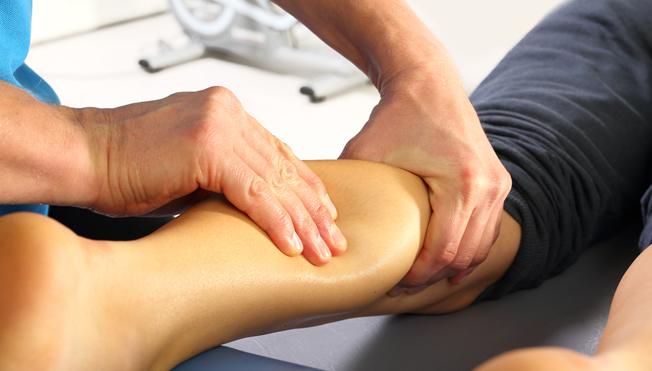Sports massage can perform specific and important physiological responses, such as, increased blood circulation, increased size of blood vessels, and decreased blood pressure.
These effects are significant for everyone, but can be particular importance for runners or people who are performing exercise, looking for ways to recover better/faster, prevent future injuries, and improve performance within their sport or activity. Keep in mind, though, that sports massage means a specific type of massage, which involves applying a deep pressure (compression) that is designed to be corrective to soft tissue (muscles, tendons and ligaments). This is very different than spa or relaxing massage, which you might receive in a health club, and it must be administered by a licensed and trained professional.
More Massage benefits include –
- Dilates blood vessels which promotes circulation and lowers blood pressure
2. Assists venous blood flow
3. Promotes rapid removal of metabolic waste products
4. Improves the oxygen carrying capacity of red blood cell
5. Improves pulmonary function by loosening tight respiratory muscles
6. Reduces muscle soreness and fatigue
7. Increases/restores joint range of motion. Which may include stretching
8. Reduces cortisol levels and norepinephrine and epinephrine levels
9. Restores posture and gait. Gait is very important to running.
10. Improves connective tissue healing
It is very important to note that the effects of sports massage are cumulative. This means that the effects and benefits increase with repeat treatments and visits. Receiving one massage prior to a race will not reap the same benefits as a regular program of massage therapy throughout your training.
Massage therapy also works best as an injury preventative program. Once an athlete sustains an actual injury, seeking medical attention comes first. After a proper diagnosis and treatment, massage therapy may become part of the recovery process.
Massage treatment plans are very individual and what works for one individual won’t work for the next. The most important goal is to set a regular schedule for your massages whether it is once a week, once a month, or every two months. Assess your running goals and your budget when deciding how often to get a massage (I have competitive pricing structure and offer discounts on block booking). Take into consideration whether you have recurring injuries, are you tackling a new distance, or are you pushing your limits? Next, consider how much you can realistically afford to spend on massage. Look at your training schedule and note the dates of long runs, key workouts, or races. If possible, schedule your massages around these targeted dates. For example, if you are increasing your mileage for a long run every second or third weekend, schedule your massages a day or two after these long runs. Pre-Race Massages should be scheduled 3/4 days before the race and, likewise, Post-Race Massages should be scheduled 3/4 days after a race when muscles are no longer sore to the touch and doms has subsided. After assessing your training schedule, budget, and available time, plan accordingly and get in contact with me.
Sports massage is a great training reward to look forward too! And, last but not least, between massages, drink lots of water, stretch after your runs, foam roll often, and eat clean healthy foods to extend the life of your treatment.


Recent Comments